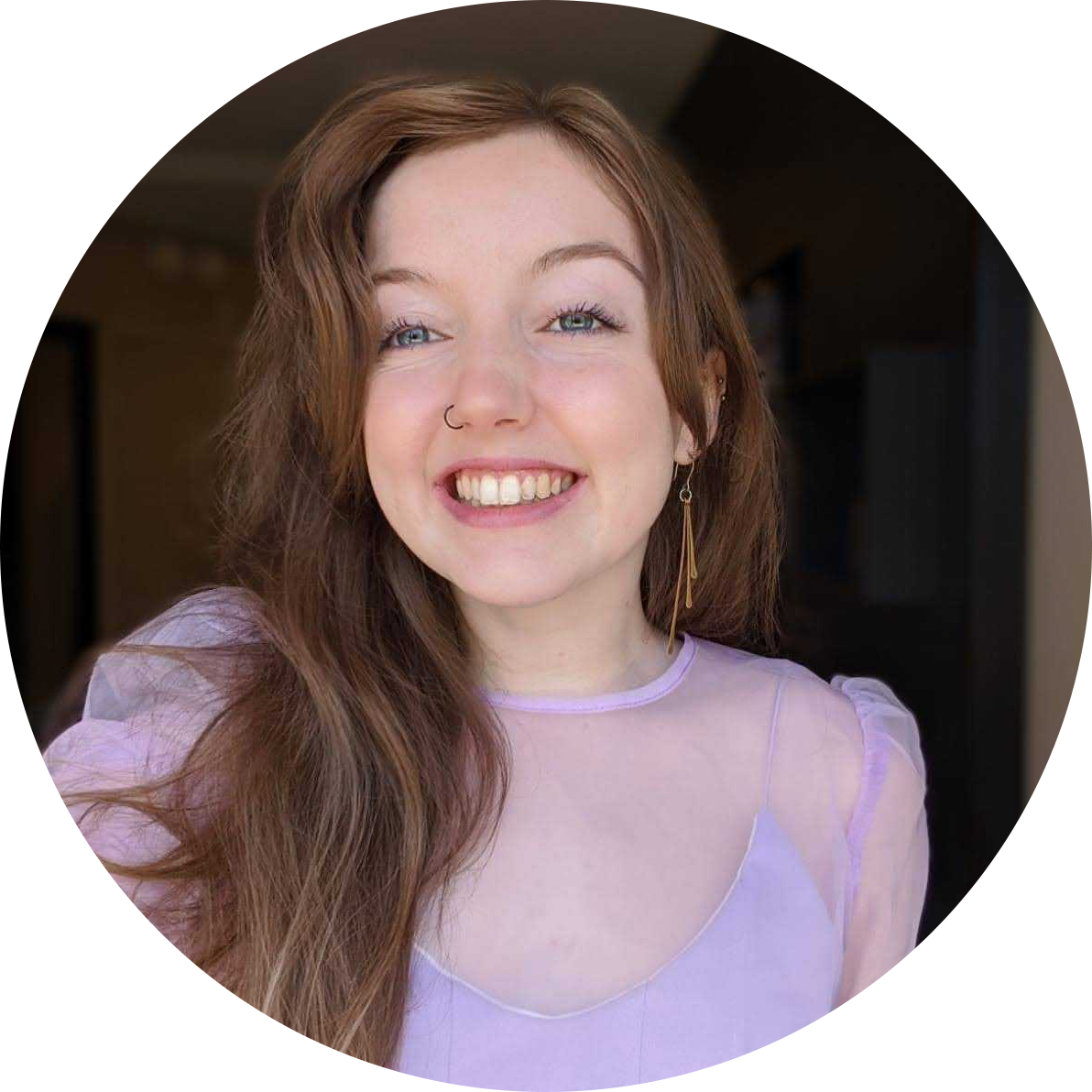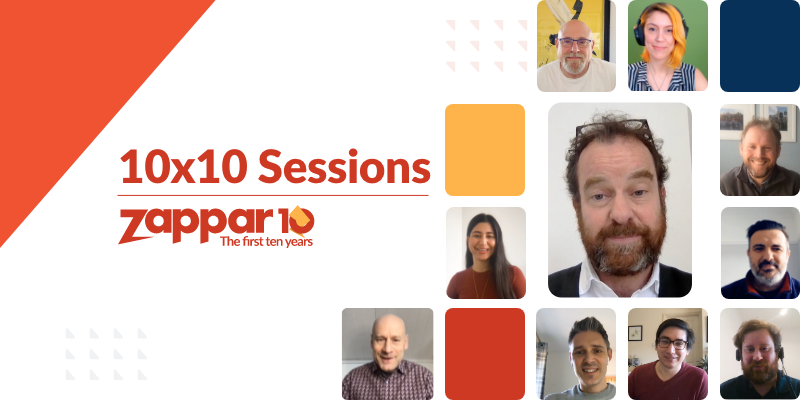This week, Zappar CEO and Co-Founder, Caspar Thykier, is joined by Tom Symonds the CEO at Immerse, an immersive training platform that helps businesses understand and realize the potential of Virtual Reality in training.
In this session, they cover:
- How Tom and Immerse began the XR journey
- Changing conversations around understanding and adoption
- Key VR use cases for training
- What’s next for the XR industry
The Conversation:
The XR breakthrough
Tom started out the session by telling us about the start of his journey into entrepreneurship and about his motivation for founding Immerse.
“The driver for me was looking at the learning space and trying to figure out how you could bring the best technologies to really shake it up, to disrupt it.”
After a start in gaming technologies, which Tom describes as “not something that was going to be a big business, although we learnt a hell of a lot”, the release of the first AR device Rift provided a breakthrough.
He said “Let's see whether we can integrate VR into our platform. And the short answer was. Yes, we could. And of course, as we all know, VR just gives you this incredible experience."
"That was the big pivot that we did. And when we haven't really looked back since."
The evolution from proof of concept
We asked Tom how his conversations with companies had changed over the years and whether there had been a shift in understanding. He told us at the beginning that getting companies on board can be tough.
“You've got to convince them of this new technology that they've never used before. You've got to convince them that you're a small company and are worthy of dealing with."
"Once you've convinced them and they can see, okay, this VR thing, you were right, why would we keep people continually in a classroom to teach some of these very practical things?"
Once this has happened, Tom told us that for them it's been all about the change of mindset from POC to the platform focus.
“What sets us apart is the way that we can distribute the content, the way that we can measure the content, the way that we can integrate into large systems, into learning management systems and into single sign-on.
So that the evolution has been much more of an ‘Okay, I get it’. You don't need to keep telling me, VR is amazing. I know that. I want to know how I'm going to be able to get your solution in my company.”
Broadening opportunities
We wanted to get Tom’s take on what kind of use cases they have seen for VR within learning environments and he shared one that has been around for quite some time.
“Health and safety. You know, anything with a high cost of failure. If you don't turn that dial to seven, there's going to be an explosion. And those experiences that you can continually replicate so people can practice. Develop muscle memory, so that when they see a certain set of numbers or they hear the sound of the siren, they're going to do the right thing. And that, that will continue. There's no doubt, that's never going to go away.”
One that they have seen much more over the past year has been companies wanting VR for their big new diversity and inclusion initiatives.
“That's a completely different type of content often, using 360 video instead of CGI, but that's a bit more experiential. So for example I'm going to put you in the position of a black woman in a meeting, and I'm going to show you what it feels like”.
The future of XR
We asked Tom if there was anything on the XR horizon that particularly excited him.
“I think you and I both know that if you are not an optimist and our cup half full type of person, there's no way you would be doing these jobs. I find what excites me is the ideas that we had as a team a long time ago (and okay we were, too early) now being picked up, there is an appreciation that, yeah, you guys were right, these things are important. And I think that's satisfying and exciting.”
We also touched on the evolution of hardware, "the way that you're going to see the headset evolve, you are going to get a device that is not like a very thick pair of ski goggles. It's going to be more like a pair of glasses and you and I can just pop them in all our jackets and pull them out. We'll get there.”
 Taylor Revert
Taylor RevertMarketing Manager, Zappar
